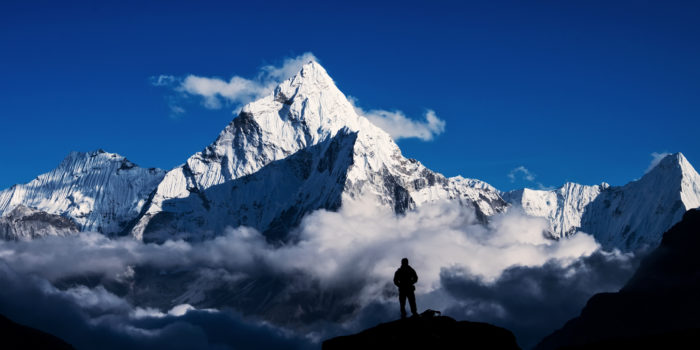In order to separate and clarify the elements of breakthrough marathon performance, we need to acknowledge some of the most widespread problems.

The Role of Super Efforts
Organs evolve in response to necessity. Therefore, increase your necessity.” – Rumi
The Way of Running delves into a world unknown to most runners: we have much more strength than we think. Most of us believe we have reached our limits when we are no more than 70% exhausted. We rarely make full use of our strength due to chronic tension, anxious thoughts, and unskilled movement. Here we focus on the positive, lasting changes every runner can make in their daily training habits to move past those imaginary limits.
There are some things that are only possible for the body when it is burdened with taxing requirements involving great powers of attention and heavy energy expenditure (1). Furthermore, efforts made up to and beyond the point of exhaustion allow us to draw from a special reservoir of energy much like the second wind that comes during a super effort like climbing to the summit of a high peak or fighting off fatigue during long hours spent serving others in an emergency.
Super Effort Workouts
Your two-hour-long run today was merely an effort. By choosing to run an additional hour you made a decision to put forth a super effort.
Another kind of super effort is carrying out any workout at a faster rhythm than your familiar way. Changing paces frequently, running in a tougher environment: on hilly trails, on sand or cross-country, into a headwind are all super efforts. An apt description for this type of effort is “hands-on-knees at the end of the workout.” Such an effort is best achieved collectively with compatible training partners or on your own with the support of a coach or crew.
Under such duress, the body/mind has no leeway to work wrongly. Running in a cocoon of concentration, you refine your coordination in every moment to offload fatigue by recruiting deeper tissues found in difficult to activate muscles. Your inner composure, determination, and relaxation help you resist the urge to quit as you push yourself beyond your ordinary capacity. The denying voices that accompany the pain of fat, muscle, and capillaries breaking down becomes easier to endure because you calmly wait for the wave of second energy to rise up and surge through you. The newfound strength of your body compensating to regenerate itself adds to the pleasure you get from exceeding a limit and your sense of pride from overcoming your resistance.
The beauty of a super effort workout is that you are the only one who truly knows when you are totally spent. You alone must decide when you can no longer maintain the pace, the recovery, or both. At that point, you must slow your pace or stop running. Then with ample recovery time, the overcompensation the body makes after performing such a hard workout allows you to move up to a higher level of willpower and self-confidence going forward.
Be careful with these workouts! These sessions are the toughest workouts you will ever do, so they need to be used sparingly; not at all in the first full year of running and never less than 8-weeks before a race. When performed with great care, they soon become the runs you will remember forever.
(1) The Gurdjieff Work, by Kathleen Riordan Speeth, Library of Spiritual Classics, 1989



